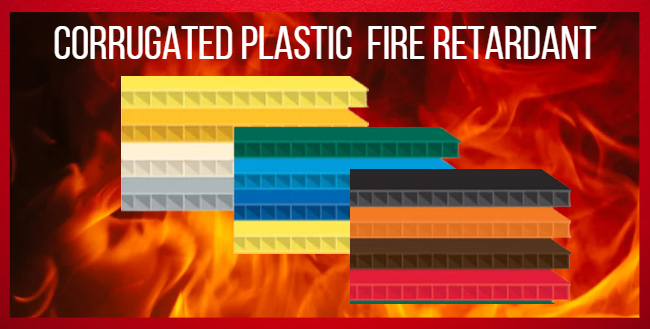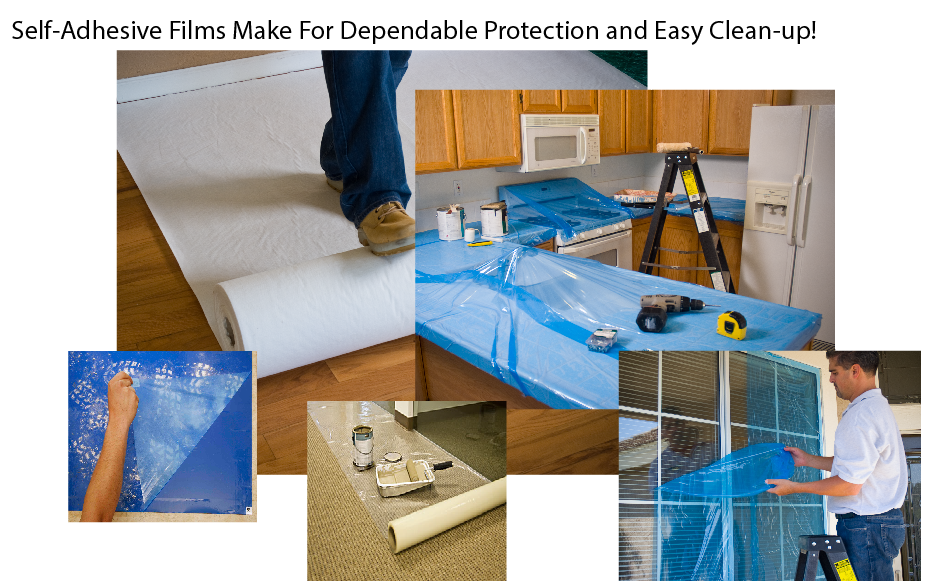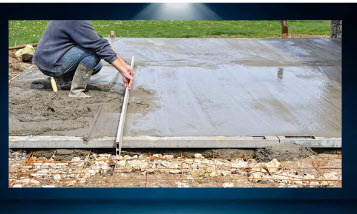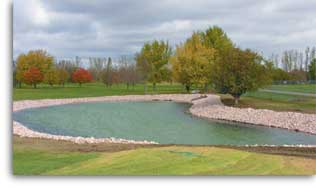Unlocking the Potential of Reinforced Polypropylene Geomembranes
Reinforced Polypropylene Geomembranes offer a revolutionary solution for water containment applications, providing durability, safety, and peace of mind. Let's delve into what makes these geomembranes so remarkable and why they're a game-changer in the industry.
Understanding the Basics
Reinforced Polypropylene Geomembranes are meticulously crafted sheets designed for floating covers and liners in both potable and industrial water containment settings. These membranes are built to withstand the test of time, whether buried or exposed to the elements.
What is a Floating Cover and Why do they Exist?
A floating cover, also known as a floating geomembrane cover or floating lagoon cover, is a flexible membrane structure that is placed on the surface of a liquid containment system, such as a pond, reservoir, or lagoon. These covers are typically constructed from geomembrane materials, such as polyethylene or reinforced polypropylene, and can be customized to fit the specific dimensions and requirements of the containment system.
Floating covers serve several important functions:
-
Evaporation Reduction: By covering the surface of the liquid, floating covers help minimize evaporation losses, conserving water resources and reducing the need for replenishment.
-
Odor Control: In wastewater treatment facilities or industrial ponds, floating covers can help contain odors and prevent the release of unpleasant gases into the atmosphere.
-
Temperature Regulation: Floating covers can help regulate the temperature of the liquid, particularly in applications such as wastewater treatment, where maintaining optimal temperature conditions is crucial for biological processes.
-
Algae Prevention: By blocking sunlight and reducing the availability of nutrients, floating covers can inhibit the growth of algae and other aquatic vegetation, improving water quality and aesthetics.
-
Stormwater Management: In stormwater retention ponds, floating covers can help prevent contamination from runoff and reduce the risk of overflow during heavy rainfall events.
The Polypropylene Advantage
One of the standout features of these geomembranes is their composition. They're constructed from a UV-stabilized polypropylene copolymer, eliminating the need for plasticizers found in other liners like PVC. This distinction is critical as it prevents harmful chemicals from leaching into water supplies, ensuring the safety of drinking water—a paramount concern in any application.
Strength in Structure
The physical properties of Reinforced Polypropylene Geomembranes are further bolstered by a robust polyester fabric scrim sandwiched between the top and bottom polypropylene plies. This unique combination results in membranes with exceptional breaking, tearing strength, and puncture resistance—vital attributes for long-term performance and reliability.
Ensuring Water Quality with Certification
For applications involving drinking water, NSF/ANSI 61 certification is imperative. This certification, bestowed by the National Sanitation Foundation (NSF) and the American National Standards Institute (ANSI), guarantees that the liners meet stringent criteria for purity and safety. These potable grade liners undergo rigorous testing to ensure they don't introduce contaminants into the water supply, providing peace of mind to regulators, utilities, and consumers alike.
To learn more about the NSF/ASNI 61 Click here
Applications and Beyond
Reinforced Polypropylene Geomembranes find a multitude of applications, from hydroponic farming to fish ponds, irrigation ponds, and beyond. Their versatility, coupled with ANSI/NSF-61 certification, makes them ideal for environments closely linked to the human food supply, ensuring safety and reliability across various industries.
Features at a Glance
- ANSI/NSF-61 Drinking Water Contact Certification (Potable Grade)
- Outstanding heat seamability and puncture resistance
- Plasticizer-free composition for enhanced safety
- Excellent resistance to environmental stressors like UV, ozone, and oxidation
- Availability in various colors and thicknesses to suit diverse needs
- Warp knitted fabric for a smooth surface and greater durability
Conclusion
Reinforced Polypropylene Geomembranes represent a pinnacle of innovation in water containment technology. With their unrivaled durability, safety certifications, and wide-ranging applications, they're poised to revolutionize the industry and set new standards for excellence. Whether safeguarding drinking water or supporting agricultural endeavors, these geomembranes are a testament to the power of innovation in addressing critical environmental challenges.
















